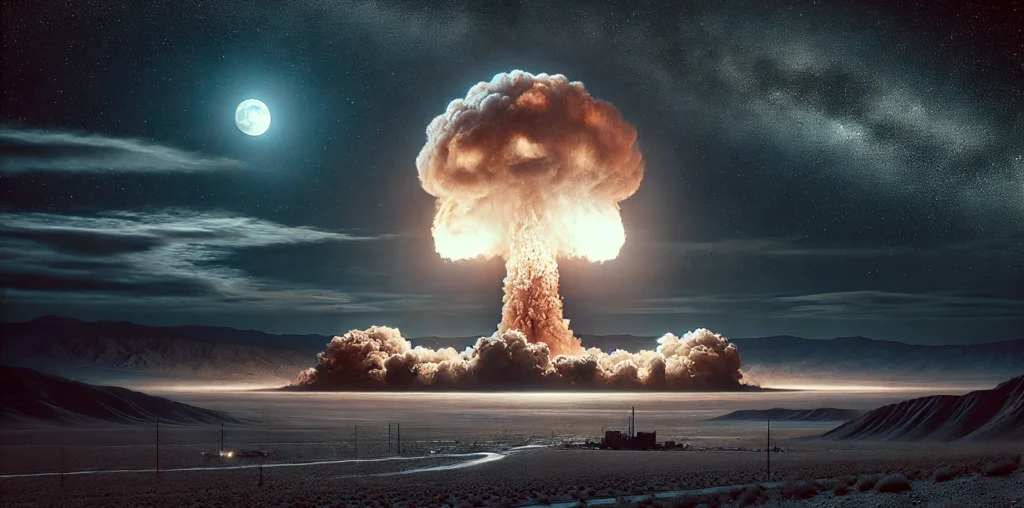The Genesis of the Atomic Age
On July 16, 1945, the world witnessed an unprecedented event that would forever alter the course of history. This was the day of the Trinity Test, a monumental experiment conducted by the United States as part of the Manhattan Project. The test marked the first detonation of a nuclear weapon, signaling the dawn of the atomic age.
The Road to Trinity
The journey to the Trinity Test was paved with intense research and development. The Manhattan Project, a secret wartime endeavor, driven by the fear that Nazi Germany might develop such a weapon first, saw some of the brightest minds in science and engineering working tirelessly. Figures like J. Robert Oppenheimer and Enrico Fermi played crucial roles in developing the technology that would culminate in this historic test.
The Test Site
Located in the remote desert of New Mexico, the Trinity Test site was chosen for its isolation. At precisely 5:29 AM, the device, nicknamed “Gadget,” was detonated. The explosion was equivalent to about 20 kilotons of TNT and created a mushroom cloud that rose over 30,000 feet into the air. The success of this test validated years of hard work and set the stage for the eventual use of nuclear weapons in World War II.
Legacy and Reflection
The Trinity Test is a poignant reminder of both the potential and peril of scientific advancement. While it showcased human ingenuity, it also underscored the destructive capabilities of nuclear technology. Today, the Trinity Test site is a National Historic Landmark, serving as a testament to this significant chapter in history.

